
8 minute read
New Year’s celebrations
from Engleski 1
READING
All over the world, people welcome in the New Year because it means a renewal of life. It is a time to reflect on the past and think about the future. It is one of the oldest of all holidays and we can find the origins of New Year’s celebrations with the ancient Egyptians and Babylonians, at least 4,000 years ago. According to the Julian calendar, which was established in 46 BC by Julius Caesar, January 1st is the start of a new year. In the beginning Western nations didn’t celebrate this date as a holiday. However, as Christianity spread, the church began to accept the festivities. Nowadays, most countries use the Gregorian calendar, which was designed in the 16th century. However, some Eastern Orthodox churches still use the Julian calendar and New Year falls on 14th January. That’s why people in Serbia celebrate January 1st as a public holiday and January 14th, the ‘Old New Year’, as a religious holiday.
Advertisement
FOR LUCK IN THE NEW YEAR
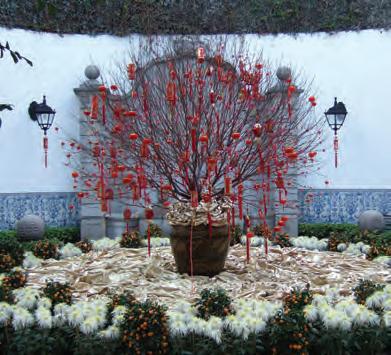
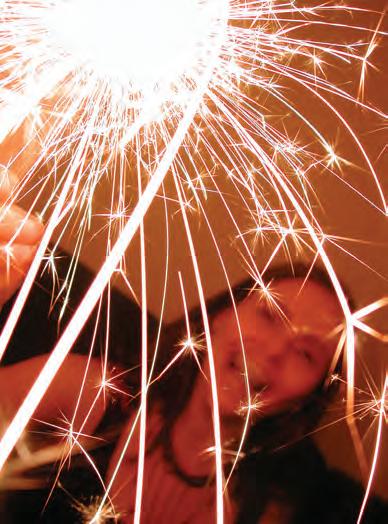
Around the world, different cultures have their own traditions for welcoming in the New Year, mainly based on bringing luck. Traditionally, the food we eat is thought to bring luck. Many cultures believe that eating pork, all kinds of green vegetables, or anything in the shape of a ring is good luck because it symbolizes the completion of a year’s cycle. For that reason, the Dutch believe that eating doughnuts on New Year’s Day will bring good fortune. In England and Scotland, the old custom of first-footing is important. It is believed that the first visitor must be male, dark-haired, young and healthy because the family’s luck for the rest of the year depends on this guest. Therefore, people arrange for the right person to come. In Serbia, however, the same custom is practised on 7th January, at Christmas. In Asia, the Japanese hang a rope of straw across the front of their houses, which symbolizes happiness and good luck, to keep out evil spirits, while the Chinese give their children a red envelope which contains lucky money. All over the world, the New Year is a time for new beginnings. People give cards and gifts are exchanged. They forget all arguments because this time of year is a time to be happy and generous. Among the various New Year traditions are New Year’s Resolutions. We often say that we are ‘turning over a new leaf’ in the New Year. Popular resolutions nowadays might include losing weight or giving up smoking.
71
Glossary
renewal – rebirth to design – to think of and plan; to draw plans or decide how something will look or work to reflect – to think carefully and deeply about something straw – dried plants that are used for animals to sleep on or for making things (baskets, hats) doughnuts – small round cakes, often in the form of a ring. resolution – decision
COMPREHENSION

Answer the questions. 1. What is the difference between the Julian and Gregorian calendars? 2. What are some traditional beliefs related to the food we eat on New Year’s Day? 3. What can you say about the old custom of first-footing? 4. What do the Japanese do to keep out evil spirits? 5. What can you say about the tradition of making New Year’s Resolutions? 6. Do people make New Year’s Resolutions in your country?
VOCABULARY
a cb
1 Complete the sentences using the highlighted words in the correct form.
1. Many cars run on petrol which ____________ lead. 2. Before I decide, I need time to ______________. 3. They were discussing the ______________of life on Earth. 4. It was ________________ of him to offer to pay for both of us. 5. They wanted to ______________ a machine that was both attractive and practical. 6. The population almost doubles in summer, ____________ because of the film festival.
2 Match the words that are opposite in meaning.
1. generous 2. evil 3. old 4. happiness a. good b. up-to-date c. sadness d. mean
3 Easily confused words. Say the difference between the following pairs of words. 1. lend – borrow 4. luck – fortune 2. old – ancient 5. hung – hanged 3. among – between 6. keep – hold
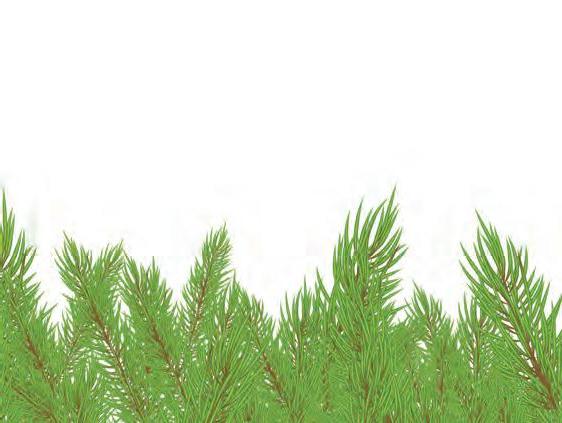
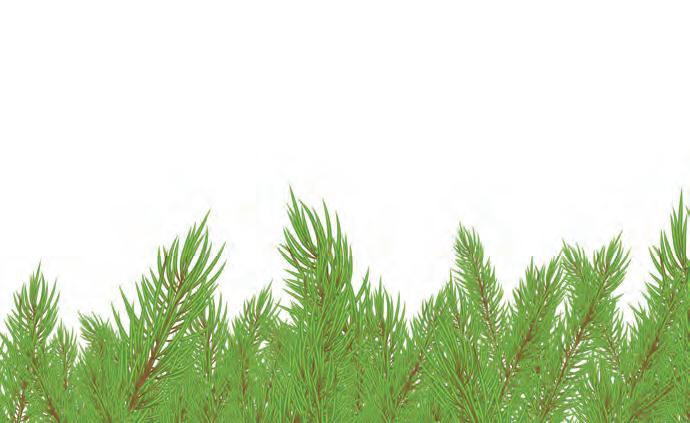
72
PREPOSITIONS
Fill in the correct prepositions. Then choose any four phrases and make sentences using them. Example: reflect on – I reflected on the child’s future.
1. _____ least 2. to be based ______ 3. ______ New Year’s Day 4. according _____ 5. depends _____ 6. to arrange _____ something 7. all ______ the world 8. New Year falls ______ a different time 9. _______14th January 10. Beliefs are related _______
PHRASAL VERBS with GIVE
1 Choose the phrasal verb which relates to the definition.
1. To tell someone something that you should keep a secret. ______ a) to give away b) to give back c) to give off 2. To finally agree to do or accept something that you opposed at first. ______ a) to give back b) to give in c) to give up 3. To stop doing something, especially something that you do regularly. ______ a) to give in b) to give away c) to give up 4. To admit that you are defeated in a game, fight, competition, etc. _______ a) to give away b) to give in c) to give off 5. To produce gas, heat, or a smell. ________ a) to give off b) to give away c) to give up 6. To return something to the person who gave it to you. ________ a) to give away b) to give back c) to give up
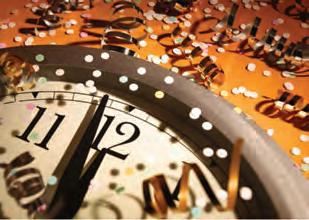
2 Complete the sentences using the correct particle to form the phrasal verb with give.
1. I need to give Jack ____________ the money he lent me. 2. The manager says he won’t give __________ to the workers’ demands. 3. Don’t worry; she will give nothing _________. 4. We have given _________ all hope of finding them. 5. They argued until his sister finally gave __________. 6. Something is giving _____ a smell like burnt toast. 7. I have given ______ trying to help Peter. It’s useless!
73
74 GRAMMAR
ARTICLES
When we are talking about one thing in particular, we use the. When we are talking about one thing in general, we use a or an. Look at the examples from the text. It is a time to reflect on the past and think about the future. the Chinese New Year; a religious holiday; a new leaf; the world
Compare the following sentences.
the a, an
The capital of France is Paris. I have found the book that I lost. Have you washed the car? I saw the moon last night. I was born in a town. John had an omelette for lunch. James Bond ordered a drink. I saw a star last night.
Of course, we can often use the or a/an for the same word. It depends on the situation, not the word. Look at these examples: We want to buy an umbrella. (Any umbrella, not a particular umbrella.) Where is the umbrella? (We are looking for our umbrella, a particular umbrella.)
See the Grammar summary to revise the use of articles.
PRACTICE
Complete the following sentences with a/an or the. 1. There is _______ boy in the garden. _______ boy is _______ friend of mine. 2. Such ________ beautiful garden should not be spoiled. 3. She bought it at half ________ price. 4. ________ Sahara is ________ largest desert in ________ world. 5. There are ________ dozen eggs. 6. My brother is studying to be ________ doctor. 7. I have to go to ________ bank. 8. I am reading _______magazine at ________ moment. 9. _________ books on ________ shelf are not Helen’s. 10. I met _______ interesting chap at _______ party last night. 11. There was _____ accident yesterday at _____ corner of _____ street. 12. Fred’s grandfather is _______ famous musician. 13. I think that __________ keys are in _______ kitchen. 14. _______ Browns left for _____ Alps.
RELATIVE CLAUSES
A relative clause begins with a relative pronoun: who, whose, which or that. Relative clauses can be defining or non-defining.
1. A defining relative clause comes after a noun or noun phrase which it defines. The Chinese give their children a red envelope which contains lucky money. Note: We can also use why, when and where. E.g. This is the house where we lived as kids.
2 Non-defining relative clauses introduce a clause which provides some additional information about someone or something. E.g. The Japanese hang a rope of straw, which symbolizes happiness, across the front of their houses. Note: • We can leave out a non-defining relative clause. • We do not use the relative pronoun that with non-defining relative clauses. • We use a comma before and after a non-defining relative clause.
(See Pronouns in the Grammar summary.)
PRACTICE
Combine the following pairs of sentences by using a relative pronoun and making any changes necessary. E.g. I am waiting for my friend. He is late. = I am waiting for my friend who is late.
1. The money has disappeared.
It was on the table. 2. I spoke to a beautiful child.
She lives next door. 3. I have a friend.
His mother is my teacher. 4. This is Jason Carlston.
He owns all the hotels in this town. 5.The police car has now been found.
It was stolen. 6. He is a poet.
His poems are widely admired.






